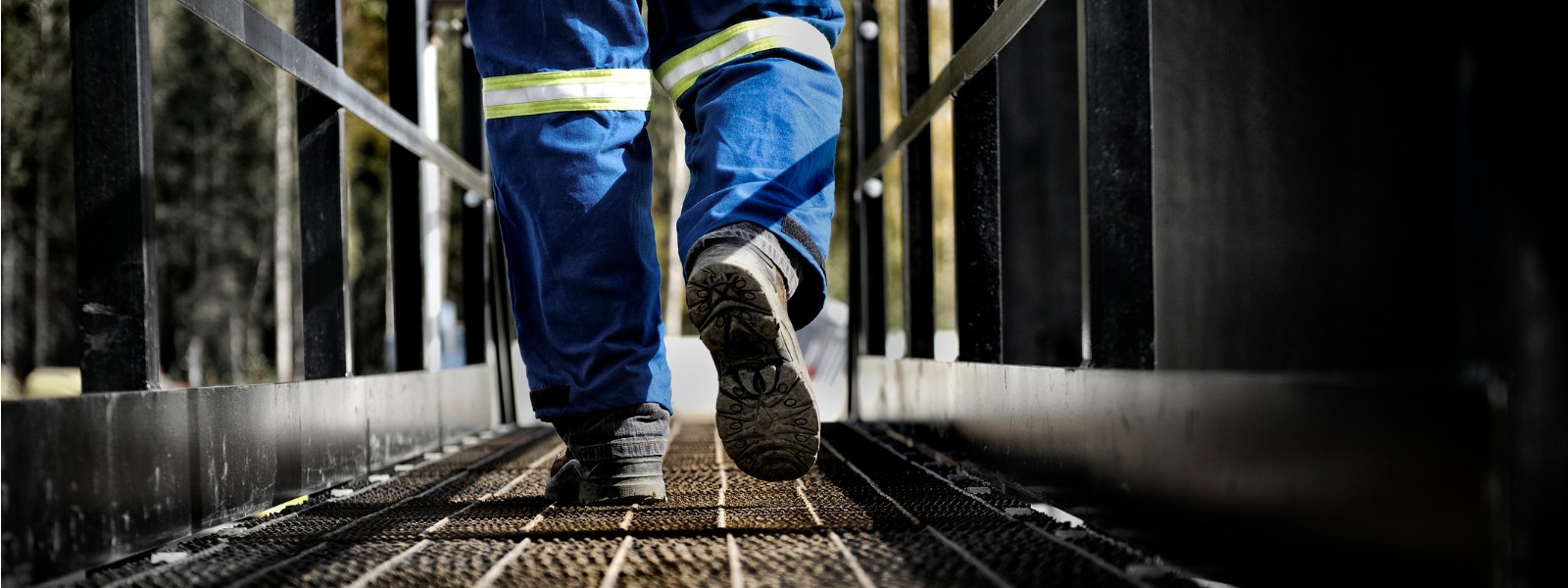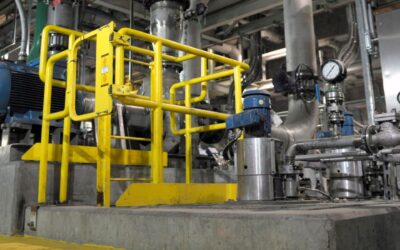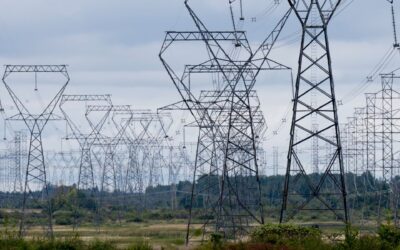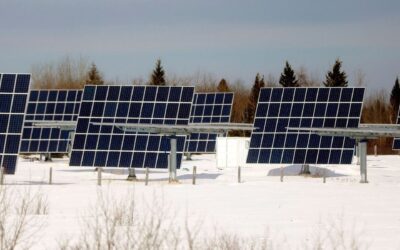COVID-19 Recovery series
As the country moves towards economic recovery from the pandemic, the Institute considers the policy choices ahead for Canada.
This week has seen new lows for the oil and gas sector as oil prices dipped below zero. Aid from the government announced last week will provide a degree of relief, particularly for workers in the sector. Importantly, the support being offered tracks with the federal government’s long-term net zero plans. It does, however, raise some critical questions—and perhaps a couple of answers as well—for the next steps in our economic recovery.
Well-intentioned relief
Last week, the federal government announced three types of support for Canada’s oil and gas sector:
- Funds for cleaning up oil and gas wells. The federal government will provide $1.7B to clean up orphaned and inactive oil and gas wells in British Columbia, Saskatchewan, and Alberta. (Orphan wells are those that no longer have an owner often due to bankruptcy, while inactive wells are no longer productive but have not been properly closed and remediated.) These wells pose an environmental risk to the surrounding environment and the growing orphan and inactive well inventory across Western Canada has been a cause for concern. Doing the cleanup work now offers a way of keeping oil and gas workers employed while oil is trading at record low prices and much of the sector remains idle.
- Support for methane-reducing investments. The government will provide $750 M in repayable loans to oil and gas companies making capital investments that reduce greenhouse gas emissions, with a focus on methane. Federal regulations on methane emissions take effect this year, so companies would have been looking at making these investments regardless. Providing financing support for doing so offers a way of injecting liquidity that is tied to realizing the methane reductions expected from federal (and provincial) regulations.
- Business credit support. The Business Development Bank of Canada (BDC) and Export Development Canada (EDC) will issue financing to viable companies across the economy, including in the oil and gas sector, to provide additional working capital, maintain access to transportation and storage, and support access to reserve-based credit.
Each of these measures is focused on injecting liquidity into the sector during a time of major upheaval. The package is mostly focused on providing immediate support, which makes sense given the extreme and unusual conditions we now face.
Staying on track
Overall, the federal government’s support avoids ugly trade-offs against the country’s environmental goals. Funding cleanup of orphaned and inactive wells will help to address important, long-standing environmental liabilities in the sector. Providing loans for methane-reducing investments will help cash-strapped firms comply with new methane regulations and address a critical component of reducing Canada’s GHG emissions. And credit support will not act as a dedicated fossil fuel subsidy, since the same support is being extended to firms across the entire economy.
As a way of keeping workers employed, helping companies though a difficult and unprecedented disruption, and making sure investments in methane reductions remain on-track—and all of this implemented under crushing timelines, no less—the federal government seems to have successfully balanced multiple objectives.
The longer-term story for support for the oil and gas sector is more complicated. In addition to the COVID-19 crisis that has caused a precipitous drop in the short-term demand for oil as the world stays home, increased supply due to a price war is driving prices to record lows. But even as the pandemic eases and the price war de-escalates, the long-term demand for oil and gas will likely steadily decline as the world wrestles with climate change. What will Canadian oil and gas’s long-term future be? And what might additional support for the sector look like?
One element of last week’s plan might provide a hint.
Who pays for clean up?
Long-time watchers of Alberta’s orphaned well challenges have pointed to a key issue: all too often, the public bears the costs for environmental damage caused by private firms. The province’s regulatory approach requires little to no funds to be set aside for clean-up and permits oil and gas producers to defer remediation indefinitely. This liability gap reduces the incentive that firms have — especially small ones — to prudently manage and remediate their inactive wells. In the worst case, firms that have profited from years of production can simply declare bankruptcy, leaving their un-remediated wells as unfunded liabilities. That’s why observers worry about governments riding to the rescue: it could send a signal to firms that they won’t be held accountable for future remediation liabilities, exacerbating the problem even further.
Fortunately, the federal aid plan attempts to address this problem. Critically, the support provided is contingent on the provincial government making improvements to its regulatory regime that will reduce the potential for these kinds of unfunded liabilities going forward.
Could such a condition provide a template for any further aid or stimulus funding for the oil and gas sector? Maybe. Alberta has not yet indicated what such improvements might entail. Assuming they withstand scrutiny, however, additional federal spending could similarly be made contingent on improved policy on the remediation of oil and gas infrastructure more generally. Oil sands tailings, for example, represent an even bigger environmental liability than orphaned and inactive wells do. To avoid creating a toxic environmental legacy that requires massive public funds, provincial policy and regulations regarding cleanup requirements and financial assurance need to be strengthened.
What becomes of existing environmental policies?
The same issue of public and private costs and benefits also plays out in one other way. Recently, some have suggested that Canadian environmental regulations and policies be suspended in response to COVID-19. Doing so might help firms in the short-term, but it would come at a high price: the public would have to absorb the associated costs of increased climate change and increased local environmental impacts. Suspended regulations might not come back online for a considerable length of time, if at all. And the interim lack of GHG policy could significantly influence how potential public investment affected emissions in the sector.
Turning private environmental costs into public ones would be an ill-conceived way to provide relief and stimulus (notably, the federal government hasn’t gone this way). But it would be even worse to make it the focus of longer-term recovery support. Not only would it institutionalize the sector passing its costs off onto the public, it would do nothing to prepare the Canadian energy sector for a world where reducing GHG emissions will become a bigger and bigger priority.
The degree to which Canada should go the other way and make support conditional on improved GHG outcomes is an open question. But it’s a question that deserves to be asked.
Looking long-term
As Canada shifts from providing immediate relief to enabling recovery, the support that it provides — whether to oil and gas or any other sector — will need to consider broader goals. Canada’s net zero commitment in particular stands out. Creating a future for the oil and gas sector consistent with Canada’s climate goals was going to be a challenge even before these recent events. But Canada does not have the luxury of setting aside its long-term goals. Yes, the best time to fix the roof is when the sun is shining. And yes, rain makes the job harder. But it also doesn’t make it any less necessary.
Tackling multiple objectives at the same time will be challenging. But smart recovery-focused policy can and should provide relief and support Canada’s long-term climate objectives.
COVID-19 Recovery – More of this series





